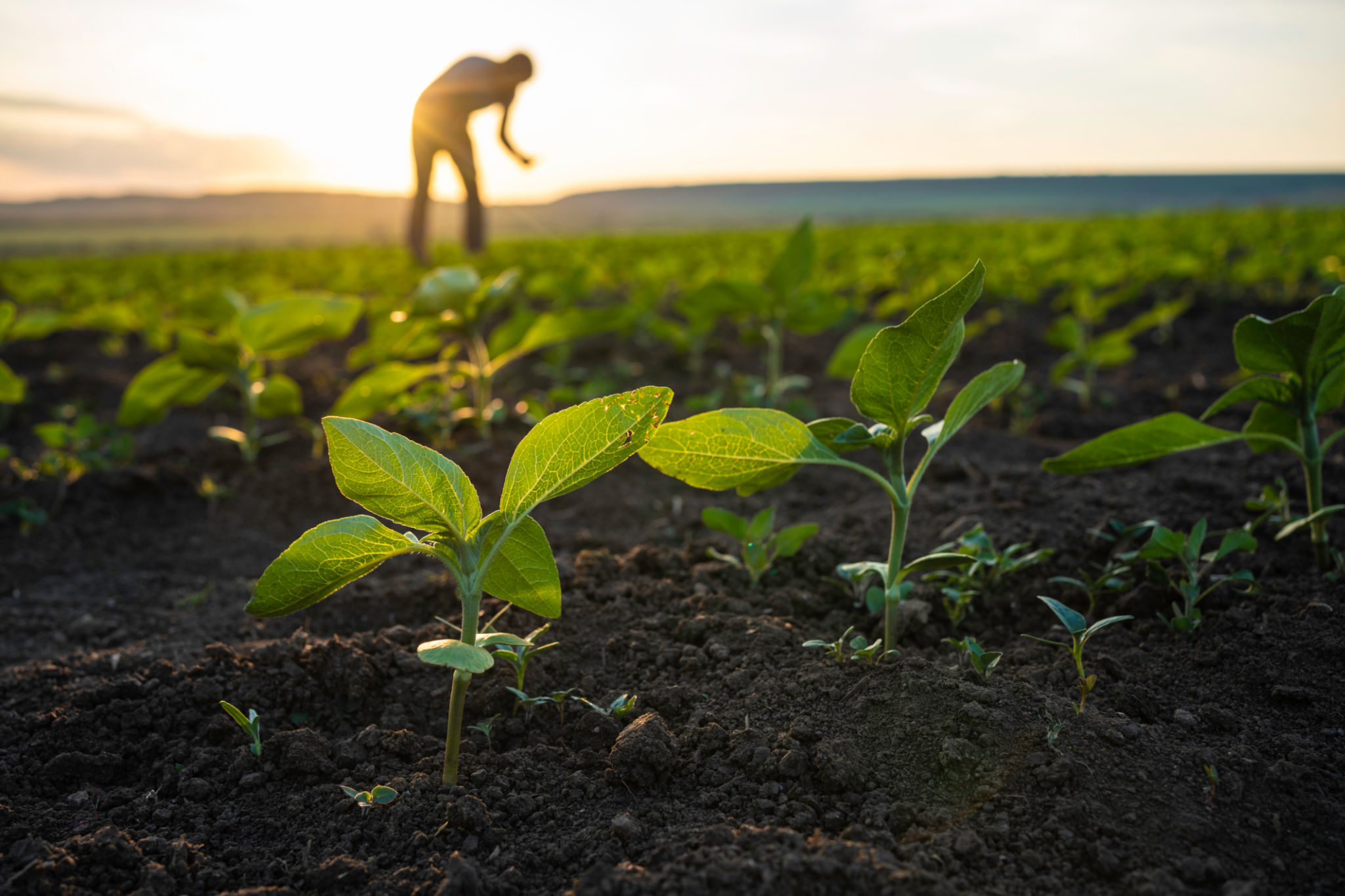Myth-Busting Common Misconceptions About Illinois Agriculture
Understanding Illinois Agriculture
When most people think of Illinois, they often picture the bustling city of Chicago or the scenic shores of Lake Michigan. However, Illinois is also a powerhouse of agricultural production, contributing significantly to the nation's food supply. Despite its importance, there are several misconceptions about agriculture in Illinois that need to be addressed.
Myth 1: Illinois Is Only About Corn and Soybeans
It's true that Illinois is a leading producer of corn and soybeans, but to say that's all it offers would be an oversimplification. Illinois is home to a diverse range of agricultural products, including pumpkins, horseradish, and various fruits and vegetables. The state ranks first in the nation for pumpkin production, and its farmers grow a significant portion of the nation’s horseradish. This diversity helps stabilize the state's agricultural economy by providing multiple revenue streams.

Myth 2: Farming Is a Thing of the Past
Some people believe that farming is an outdated industry, slowly fading away in the face of urbanization and technological advancement. However, this couldn't be further from the truth. Modern agriculture in Illinois is thriving, thanks in part to innovative practices and technology. Farmers use GPS technology, drones, and data analytics to optimize crop yields and manage resources more efficiently. This integration of technology has made farming more sustainable and productive than ever before.
Myth 3: Agriculture Is Not Environmentally Friendly
Another common misconception is that agriculture inherently harms the environment. Many Illinois farmers are committed to sustainable practices that protect natural resources. Techniques such as crop rotation, cover cropping, and conservation tillage help maintain soil health and reduce erosion. Furthermore, the use of precision agriculture allows farmers to apply fertilizers and pesticides more efficiently, minimizing their environmental footprint.

Myth 4: Farmers Work Alone
The image of a solitary farmer toiling away in isolation is outdated. Today's agriculture is a collaborative effort involving entire communities. Farmers in Illinois often work together, sharing resources and knowledge through co-operatives and local organizations. Additionally, they receive support from agricultural extension programs that provide the latest research and training to help them succeed.
Myth 5: All Farms Are Large, Corporate Operations
While large farms do exist in Illinois, the majority are still family-owned and operated. In fact, about 97% of farms in Illinois are family-owned. These families have often worked their land for generations, contributing to local economies and preserving rural traditions. Even amidst economic pressures, these family farms continue to play a vital role in the state’s agricultural landscape.

The Future of Illinois Agriculture
The future of Illinois agriculture looks promising as farmers continue to adapt to changing climates and market demands. By embracing technology and sustainable practices, they are well-positioned to meet future challenges. As consumers become more interested in knowing the origins of their food, Illinois farmers are also focusing on transparency and traceability, ensuring that their products meet high standards of quality and safety.
In conclusion, Illinois agriculture is a dynamic and evolving industry that plays a crucial role in feeding the nation. By dispelling these common myths, we can gain a deeper appreciation for the hardworking individuals who contribute to this vital sector. Understanding the truth about agriculture in Illinois helps foster a greater connection between consumers and producers, ultimately benefiting everyone involved.
